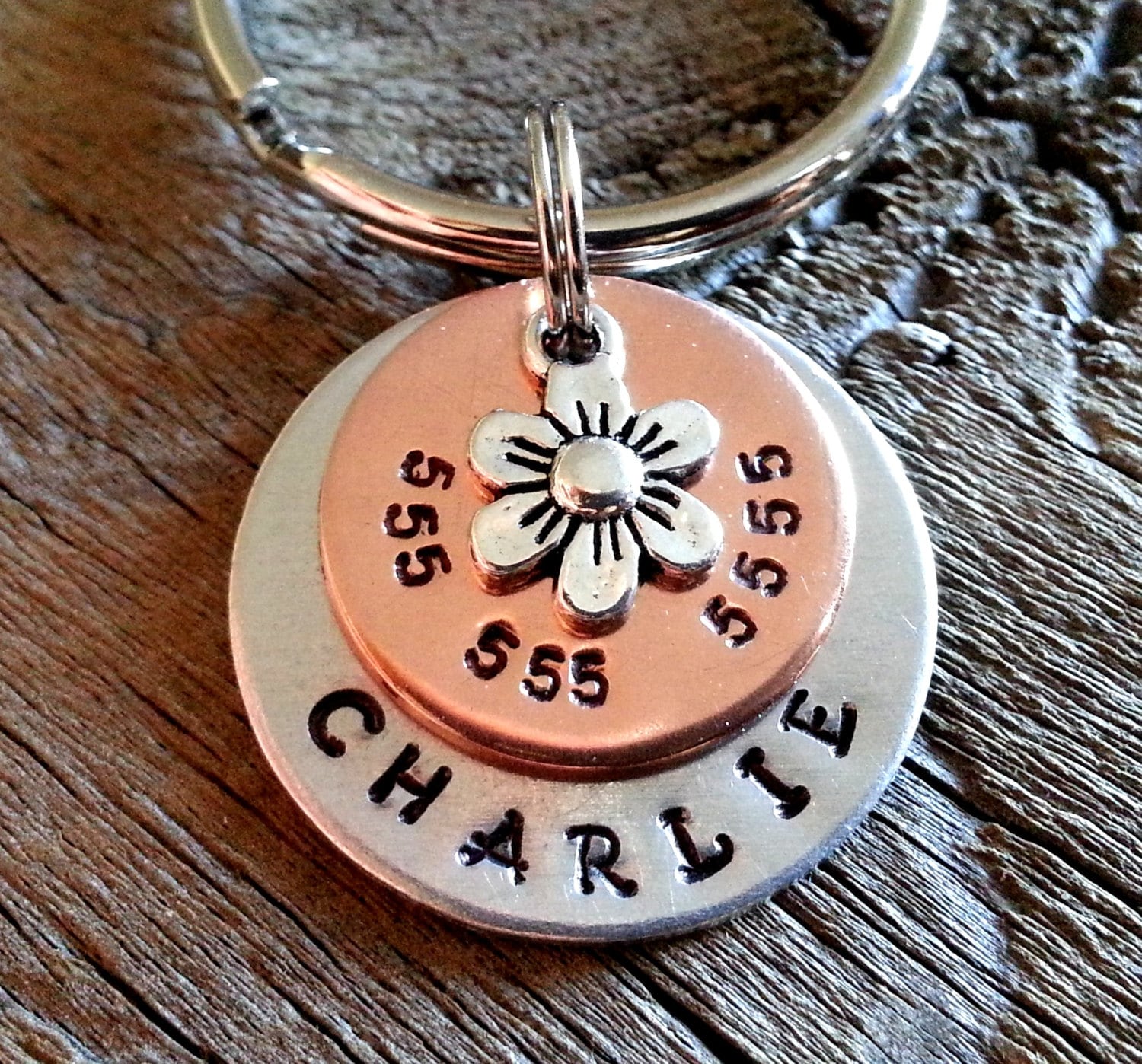
Nonbinary is a term that can be used by people who do not describe themselves or their genders as fitting into the categories of man or woman. A transgender man, for example, is someone who was listed as female at birth but whose gender identity is male.Ĭisgender and transgender have their origins in Latin-derived prefixes of "cis" and "trans" - cis, meaning "on this side of" and trans, meaning "across from" or "on the other side of." Both adjectives are used to describe experiences of someone's gender identity. Transgender, or simply trans, is an adjective used to describe someone whose gender identity differs from the sex assigned at birth. Society identifies these cues as masculine or feminine, although what is considered masculine or feminine changes over time and varies by culture.Ĭisgender, or simply cis, is an adjective that describes a person whose gender identity aligns with the sex they were assigned at birth. Gender expression is how a person presents gender outwardly, through behavior, clothing, voice or other perceived characteristics. For transgender people, gender identity differs in varying degrees from the sex assigned at birth. Unlike gender expression, gender identity is not outwardly visible to others.įor most people, gender identity aligns with the sex assigned at birth, the American Psychological Association notes. Gender identity is one's own internal sense of self and their gender, whether that is man, woman, neither or both. Gender is often categorized as male, female or nonbinary. Gender is often defined as a social construct of norms, behaviors and roles that varies between societies and over time. Sex is typically categorized as male, female or intersex. Sex refers to a person's biological status and is typically assigned at birth, usually on the basis of external anatomy. Jump to a term: Sex, gender, gender identity, gender expression, cisgender, transgender, nonbinary, agender, gender-expansive, gender transition, gender dysphoria, sexual orientation, intersex What's important is recognizing and respecting people as individuals. Some people may continue to use terms that are less commonly used now to describe themselves, and some people may use different terms entirely. Some of the terms now in common usage are different from those used in the past to describe similar ideas, identities and experiences. Other cultures may use different labels and have other conceptions of gender. This guide is not exhaustive, and is Western and U.S.-centric. We also referenced resources from the National Center for Transgender Equality, the Trans Journalists Association, NLGJA: The Association of LGBTQ Journalists, Human Rights Campaign, InterAct and the American Psychological Association. This guide was created with help from GLAAD. Alex Schmider, associate director of transgender representation at GLAAD, compares using someone's correct pronouns to pronouncing their name correctly – "a way of respecting them and referring to them in a way that's consistent and true to who they are." Glossary of gender identity terms Proper use of gender identity terms, including pronouns, is a crucial way to signal courtesy and acceptance. Our goal is to help people communicate accurately and respectfully with one another. That's why we've put together a glossary of terms relating to gender identity. These issues can involve words and ideas and identities that are new to some.

Issues of equality and acceptance of transgender and nonbinary people - along with challenges to their rights - have become a major topic in the headlines.


"And when you're speaking to people, it's a really simple way to affirm their identity." It's how someone refers to you in conversation," says Mary Emily O'Hara, a communications officer at GLAAD. "Pronouns are basically how we identify ourselves apart from our name.


 0 kommentar(er)
0 kommentar(er)
